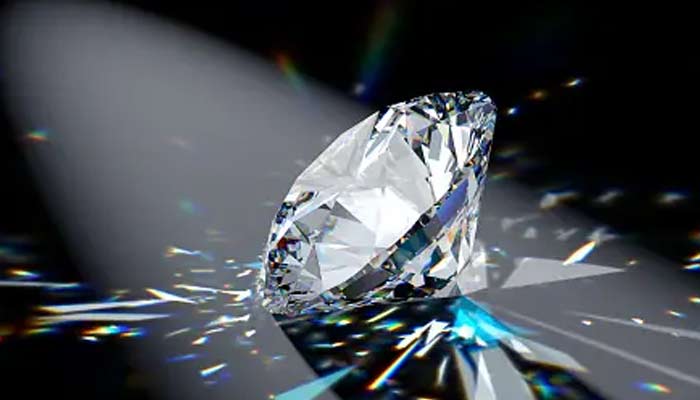Scientists have long developed different techniques to produce artificial diamonds, but a new method from researchers, including a team tokyo, offers surprising advantages.
By preparing samples in a specific way before exposing them to an electron beam, the group discovered that their process not only supports diamond formation but also shields organic materials from the damage that such beams typically cause. This breakthrough could open the door to more advanced imaging and analysis methods.
Traditionally, diamond creation relies on transforming carbon sources under extreme physical conditions. These include pressures of tens of giga pascals and temperatures reaching thousands of kelvin, where diamond remains thermodynamically stable.
Another approach involves chemical vapor deposition, a method where diamond is actually unstable. In contrast, Professor Eiichi Nakamura and his colleagues at the University of Tokyo’s Department of Chemistry pursued a low-pressure strategy that makes use of carefully controlled electron irradiation applied to a carbon cage molecule known as adamantane (C10H16).
What makes adamantane particularly promising is its structural similarity to diamond. Both share a tetrahedral, symmetrical carbon framework with atoms arranged in the same spatial configuration. This makes adamantane an appealing starting material for nanodiamond production.
Successful conversion depends on the precise removal of adamantane’s C–H bonds to allow new C–C bonds to form, while the individual building blocks assemble into a three-dimensional diamond lattice. Although this requirement was already known in the field,
“The real problem was that no one thought it feasible,” said Nakamura.







